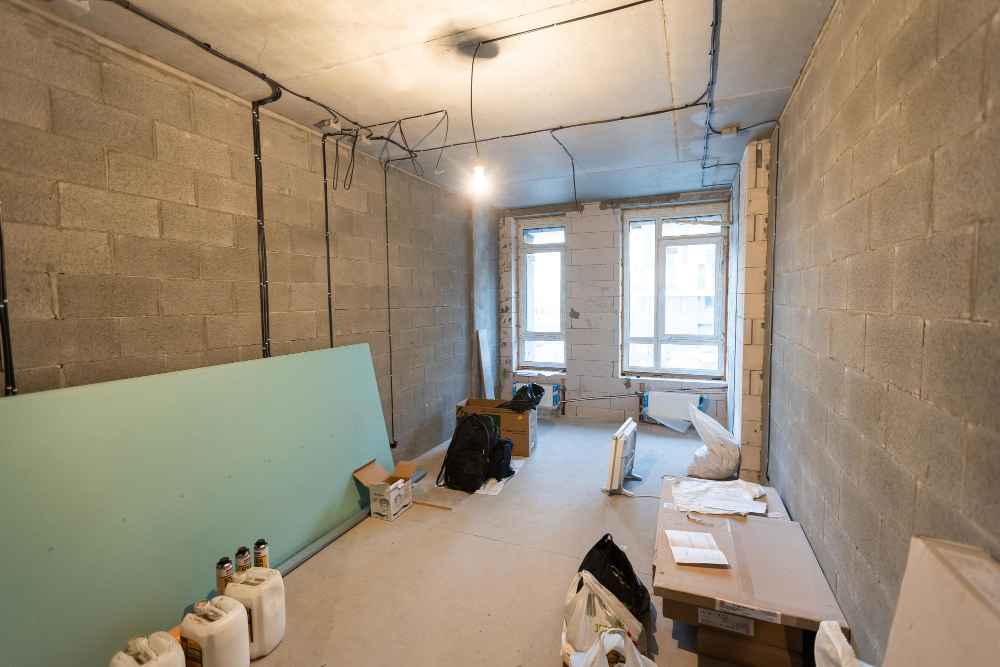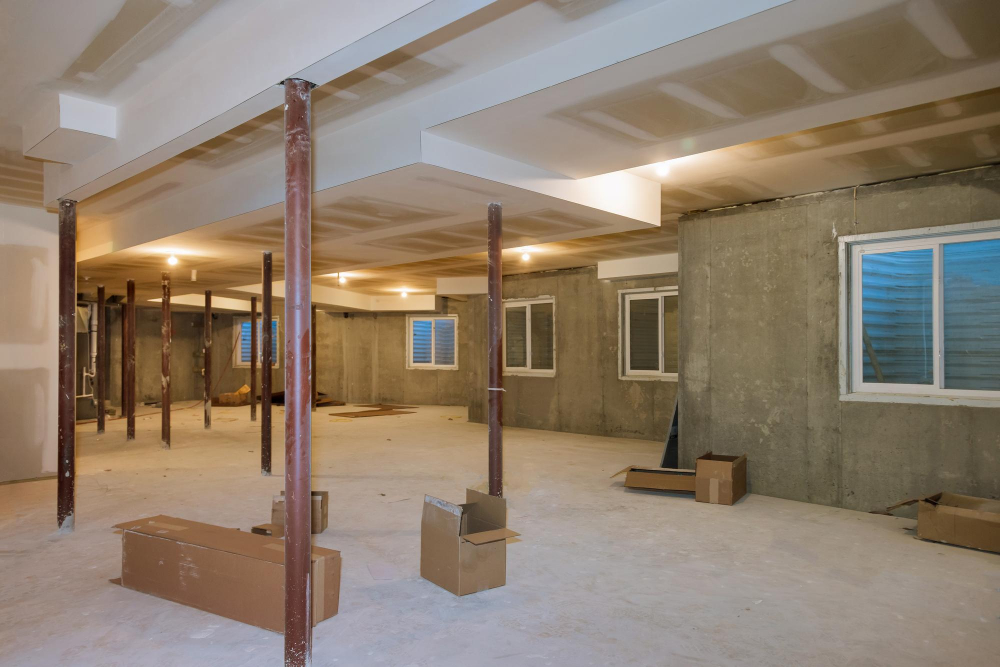Once a demolition project is complete, many property owners and developers find themselves asking what to do next. The demolition phase may be over, but the journey toward construction, redevelopment, or environmental restoration is just beginning. At CSMANLTD, our experience as trusted demolition contractors in London has shown us that post-demolition steps are just as important as the demolition itself.
Site Clearance and Waste Management
The first step after demolition is clearing the site. This involves removing leftover materials, rubble, metal, timber, concrete, and any hazardous substances that may have been uncovered during the process. Responsible waste disposal is essential to comply with environmental regulations. Recyclable materials such as steel or brick are separated and processed accordingly, which can also reduce future construction costs.
Ground Investigation and Soil Testing
Before any further work begins, the ground must be assessed for stability, contamination, or underground obstructions. Soil testing and ground surveys ensure the land is safe for building and complies with environmental standards. If contaminants such as asbestos, heavy metals, or chemicals are detected, remediation will be required.
Utility Disconnection Verification
Although utilities are disconnected before demolition begins, a post-demolition inspection verifies that no gas lines, electrical cables, or water pipes have been damaged or left active underground. This step helps prevent delays and safety risks during the construction phase.
Structural and Boundary Assessments
Once the site is clear, surveyors check for boundary lines, party walls, and adjacent property structures. Any shared structures or retaining walls must be reviewed for stability, especially if further excavation or groundwork is planned.
Planning for Construction or Redevelopment
Depending on the type of project, the next phase could be new construction, landscaping, or land repurposing. This is the point where architectural plans, engineering assessments, and local authority approvals come into play. Having a clean and properly surveyed site speeds up the transition and reduces project downtime.
Drainage and Foundation Preparation
For properties moving into the construction stage, the groundwork involves preparing for drainage, substructure, and foundation work. This can include excavation, piling, or slab laying depending on the type of build. All of this must follow structural engineering recommendations and site survey reports.
Compliance and Documentation
All stages following demolition must comply with local planning laws, health and safety guidelines, and environmental standards. Keeping proper documentation for waste transfer, asbestos clearance, soil testing, and site inspections is necessary for legal and financial transparency.
How CSMANLTD Supports the Process
As leading demolition contractors in London, CSMANLTD goes beyond tearing down buildings. Our team provides full support from initial assessment to post-demolition advisory. We work closely with engineers, surveyors, and construction teams to ensure every phase of your property project progresses smoothly and safely.



